In the early years of the 21st century, the late Tony Jerram, the first Chairman of The Badsey Society, conducted a number of interviews with villagers who had first-hand experience of the Second World War. One of these people was Helen Myra Stanton (née Hartwell) of Green Leys, Badsey, whose widowed mother, Helen Gertrude (Nellie) Hartwell, lived next-door to Tony at Hollywood Villa. Helen’s experience, working at BBC Wood Norton during the war, was then told in a chapter in the Badsey Society publication, Aldington and Badsey: Villages in the Vale, a Tapestry of Local History. This article is based on Tony’s research, with additional background information by Maureen Spinks.
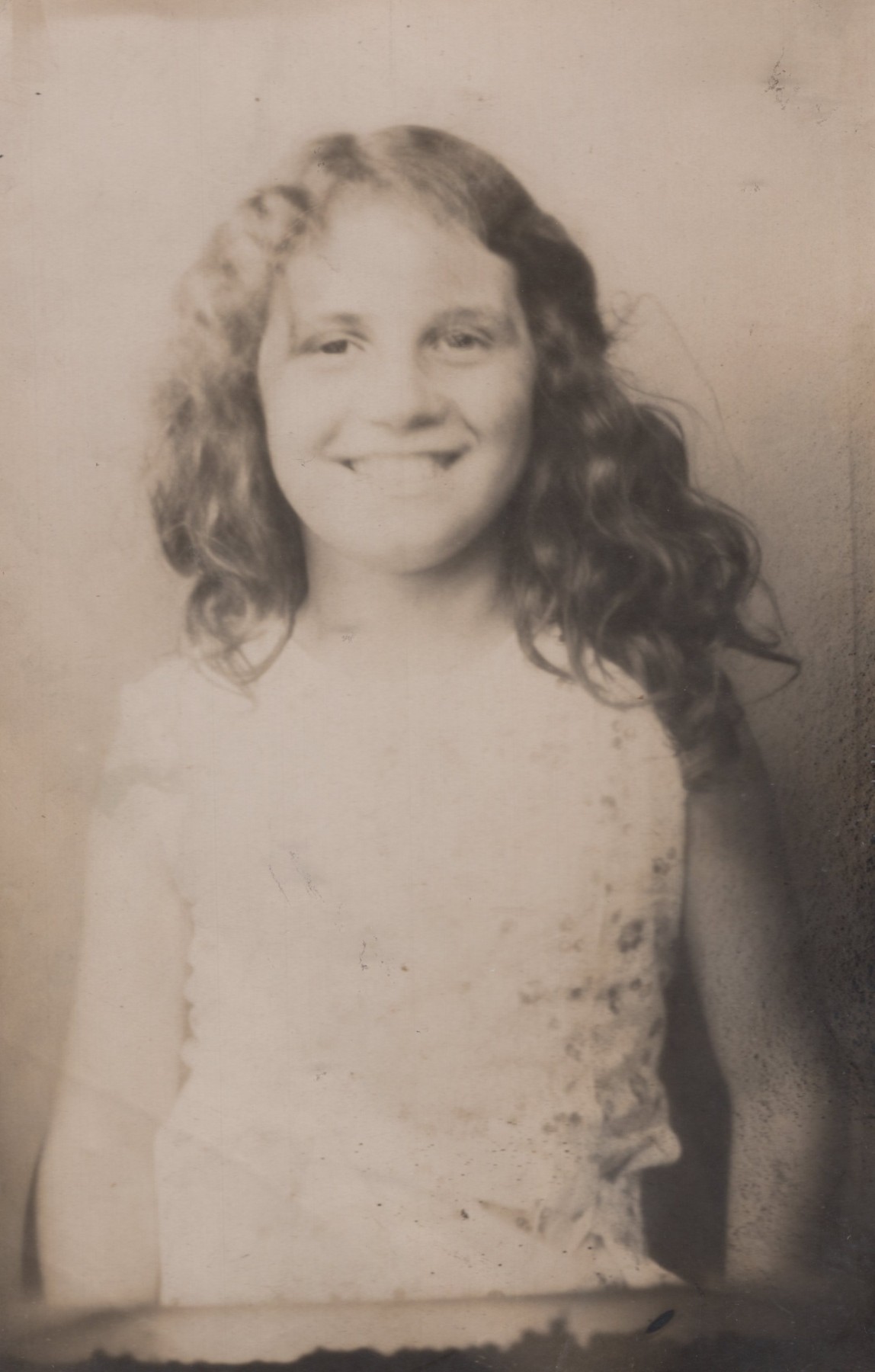
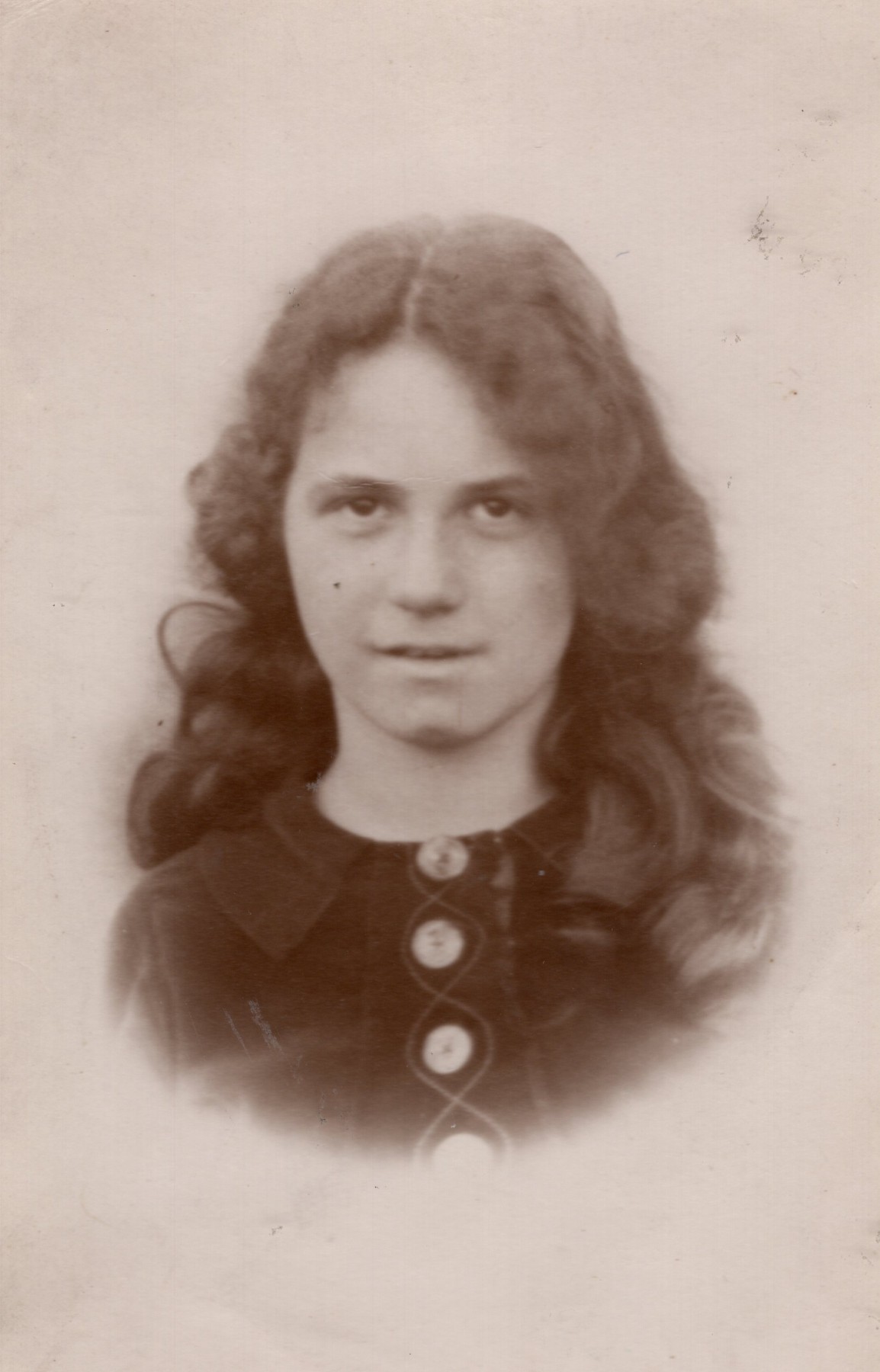
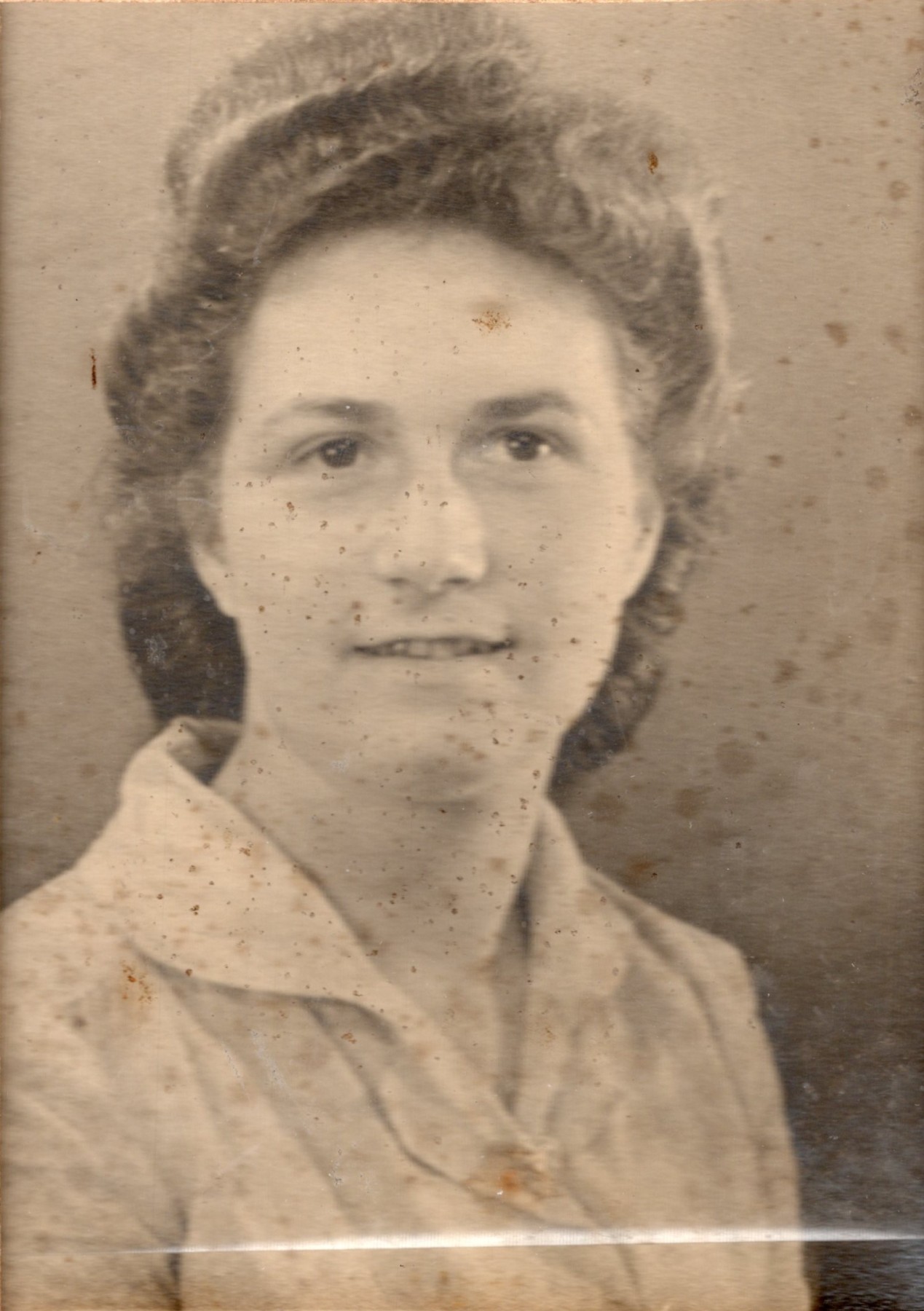
* * * * *
Work at Wood Norton
On the outbreak of war in September 1939 Helen, who would turn 15 at the end of October, was living with her parents at Hollywood Villa, High Street, Badsey, and working as a cashier at David Greig’s, the grocer, in Bridge Street in Evesham.
Life changed for Helen when, in late summer 1940, aged almost 16, Helen left David Greig’s and went to work for the BBC at Wood Norton, where she stayed until after VE Day in 1945. At this stage of the war, with invasion threatening, BBC Wood Norton had become of critical importance. It had acquired the role of transmitting emergency information to the nation if London should go off the air and by early 1940 had become one of the largest broadcasting centres in Europe. Helen’s work was principally as a teleprinter operator, one of a team of three, but she also sometimes took turns on the telephone switchboard. Her base was in the main house at first, although later she moved to a prefabricated extension. To get to work she usually cycled into Evesham, left her bicycle at a relative’s house in Northwick Road and walked through the town to Vine Street where she could catch a BBC bus. Sometimes she cycled the whole way. Although she did not usually work shifts, one Christmas she did volunteer to work on the switchboard to let a married colleague have more time at home over the holiday.
Until 1943 Wood Norton was also home to the BBC Monitoring Service, whose members listened in to foreign radio networks round the clock as part of national intelligence gathering. The monitors were housed in temporary huts in the grounds. Helen also remembered that for some time the Midland Light Orchestra was based there, as were many BBC announcers. Naturally enough there was a lot of coming and going of people, and amongst them were the Corporation’s War Correspondents, who underwent training there.
As an important part of the BBC’s (and Britain’s) war effort Wood Norton was of considerable interest to the enemy. Helen remembered that the alarm signal, given in the event of air attack or other emergency, was the playing of the tune “Teddy Bears’ Picnic” over the loudspeaker system. The bombing of the greenhouses at Chadbury, only a few hundred yards from the site, was evidence, if any were needed, of enemy attention. One day Helen saw a very low-flying enemy aircraft which seemed to be going straight up the main drive to the main house.
The composer Eric Coates also had a connection with the BBC at that time, and Helen had particular memories of one of his pieces called “Up Badsey Lane”. Eventually, in July 1945, just a few weeks after VE Day, several members of the wartime staff, including Helen, were selected for transfer elsewhere. After a farewell party in the canteen they went their various ways, and Helen duly reported for duty at BBC Birmingham.
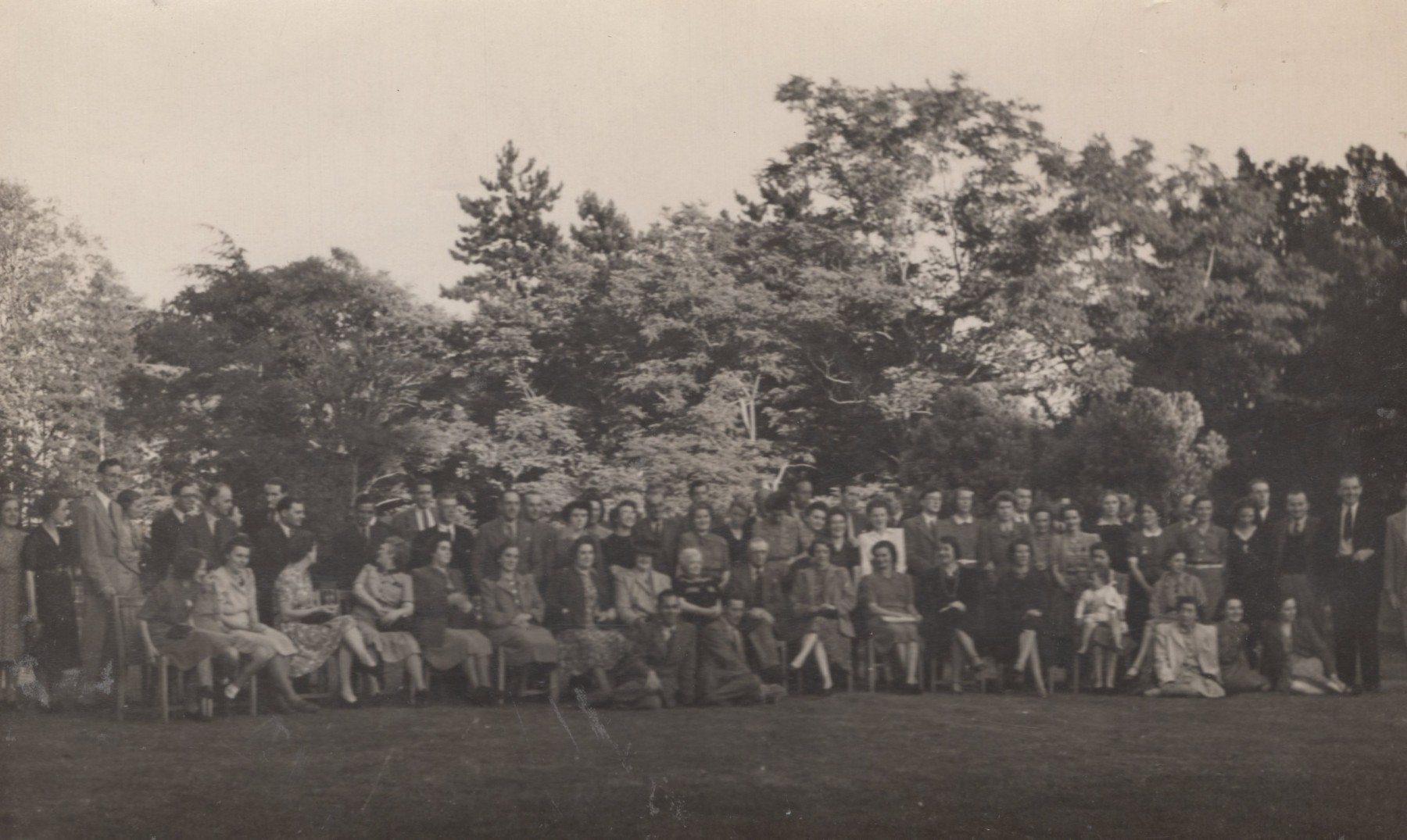
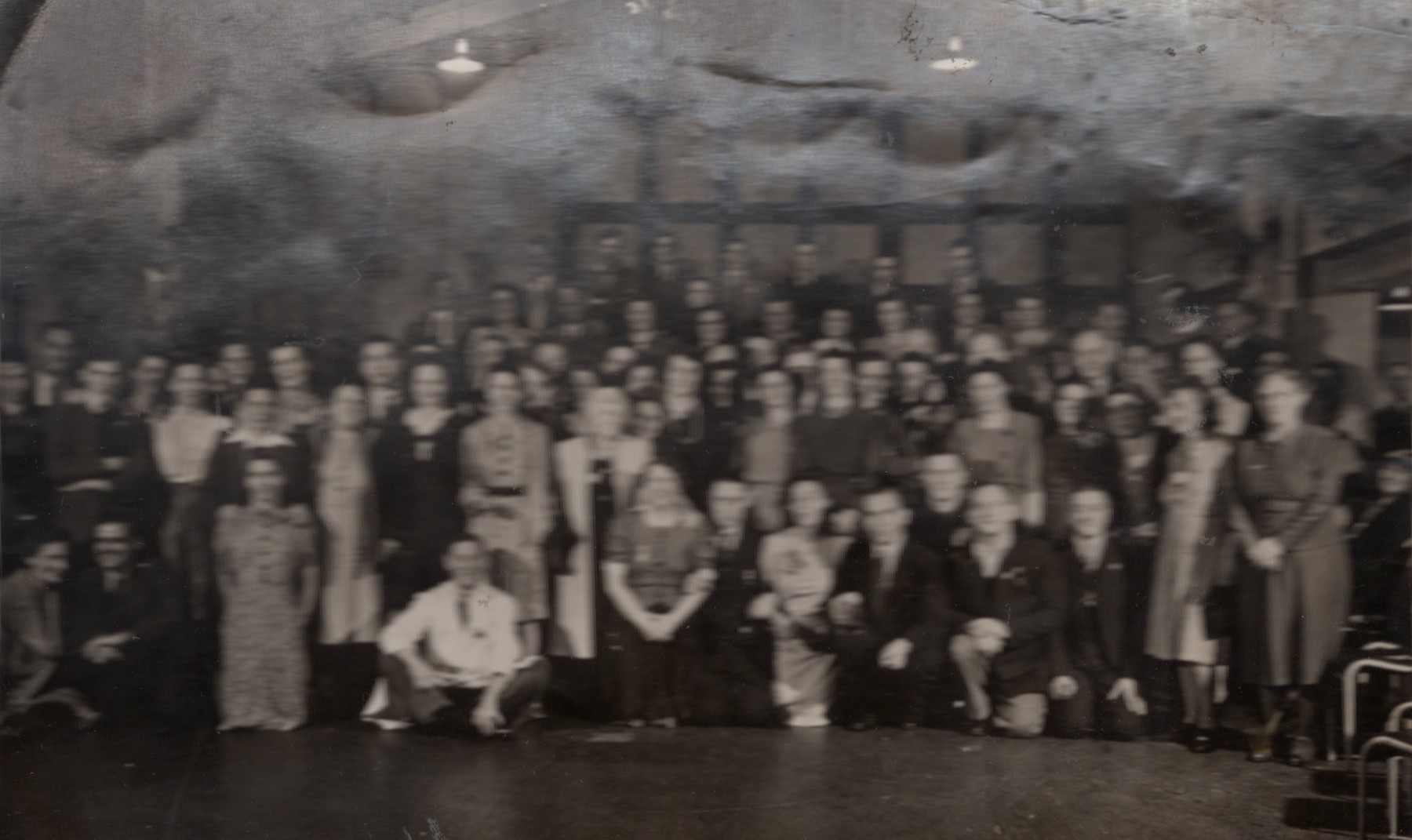
Helen Hartwell’s family background
Helen Myra Hartwell was born at Badsey on 27th October 1924, the only child of Elgar Thomas Hartwell and his wife, Helen Gertrude (née Stampe). Helen was from a long line of Badsey Hartwells. Her 4xgreat-grandfather, George Hartwell, had moved to Badsey from Ebrington when he married Mary Simpson of Badsey in 1784.
Whilst Helen’s father, Elgar, had actually been born in Bengeworth, he spent all his childhood in Badsey, growing up in one of the cottages at the old Silk Mill. He married Helen Stampe, a native of Handsworth, Staffordshire, early in 1921 in the Birmingham area. Elgar then brought his new bride back to Badsey. At the time of the 1921 census in June 1921, they were living with Elgar’s parents at the Mill, with Elgar working as a market gardener’s labourer. By the time that Helen was born in 1924, Elgar was working as a butcher’s assistant.
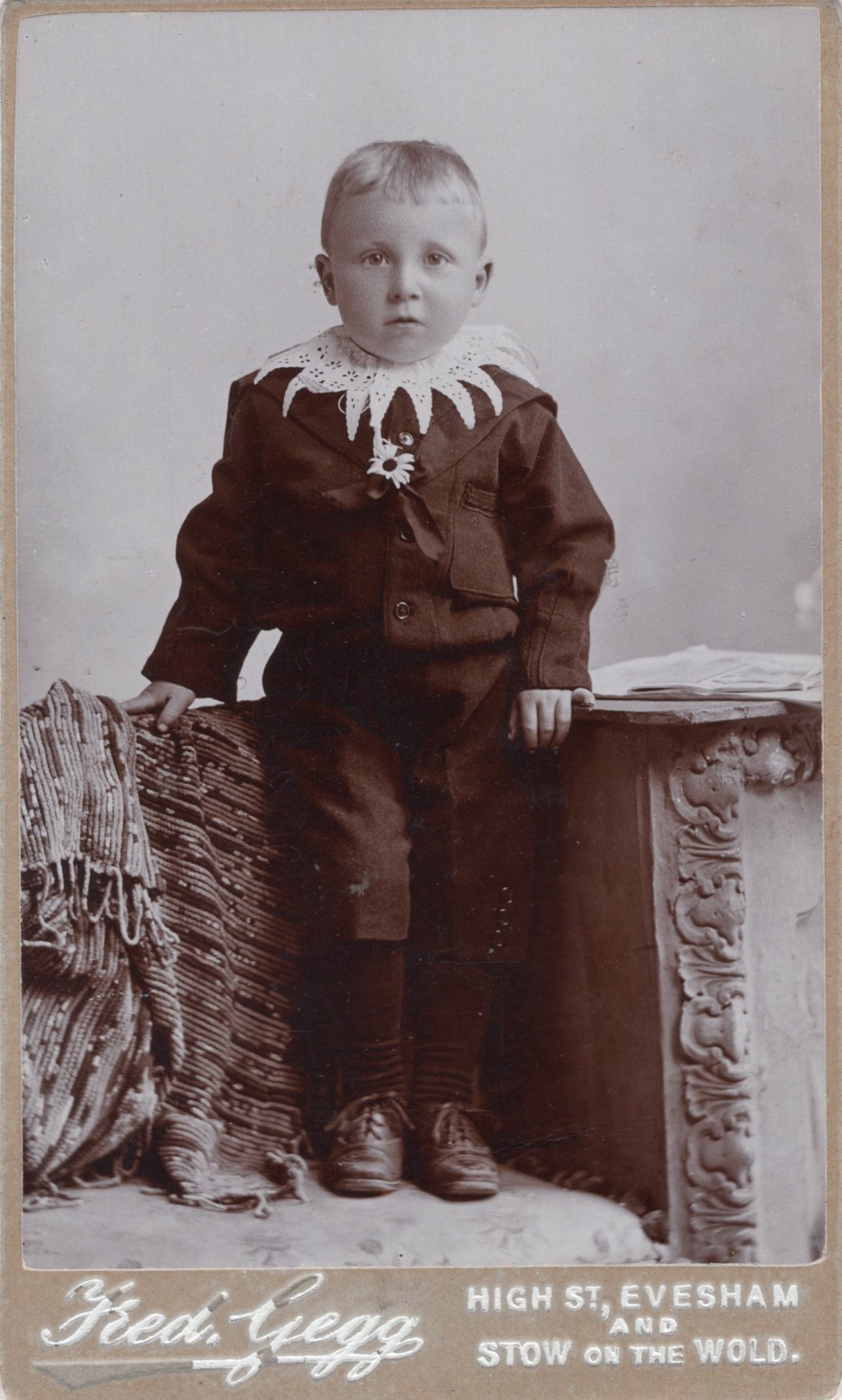
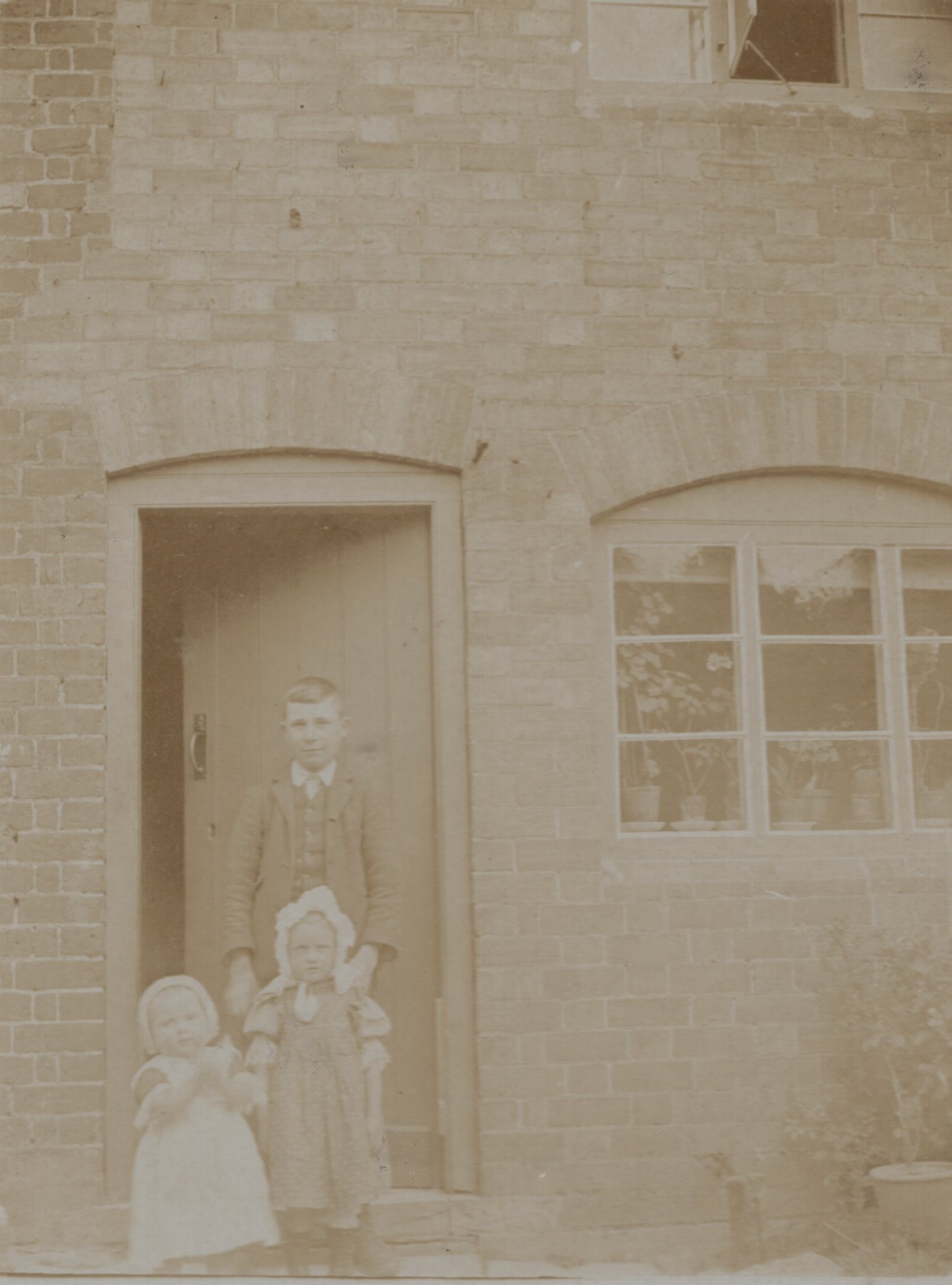
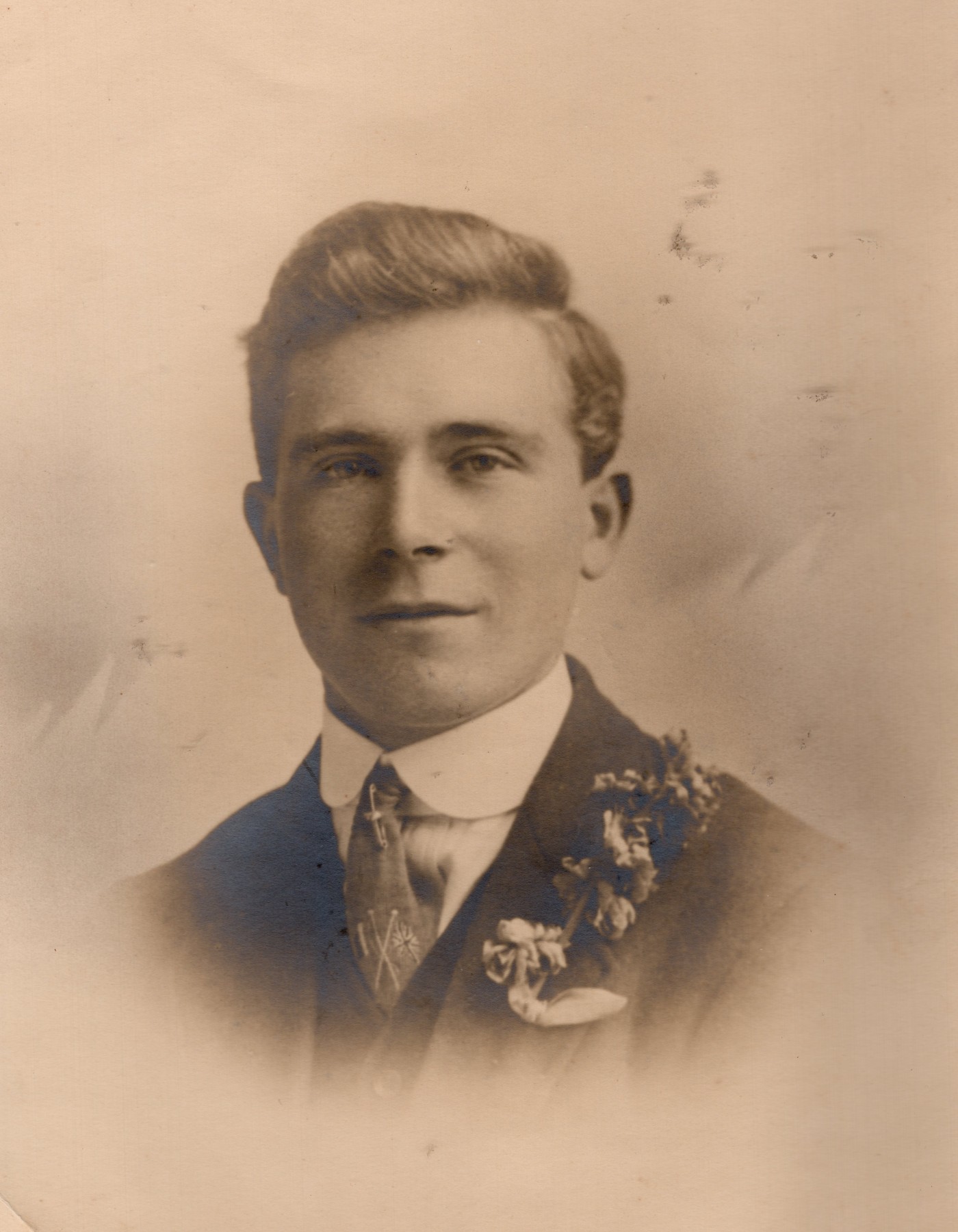
.jpg)
It was in 1924 that Elgar, Helen and baby Helen moved to a cottage opposite The Wheatsheaf Inn. This cottage, which no longer exists (The Rock, No 38 High Street, has been built on the site), was semi-detached with another cottage at right-angles to the High Street. The Hartwells lived in the cottage which was furthest away from the road, and it was from here that Elgar started his own butcher’s business. He built a wooden shed adjacent to the cottage in which he made the faggots for which he was famous. Older residents of Badsey remembered with fondness Elgar’s faggots; according to Helen they were made from bread soaked in water, lights, a small amount of liver, off-cut fat from joints and a proprietary mix of herbs from a supplier in Manchester. They were made in batches of a thousand at a time, and were cooked in the baker’s oven in Brewers Lane.
Ted Wheatley, whose father, Horace Wheatley, ran the other butcher’s business in the village, recalled Elgar Hartwell in his memoirs:
He was more a pork butcher; during the week he worked in a Birmingham meat market and returned home at the weekends. His wife looked after the shop while he was away; when he came home to run the shop, he used to go round killing and dressing the pigs which people would keep in a sty in their back garden. This was quite an occasion as bits of the meat were given to friends in the hope of getting some in return when their pig was killed.
The Hartwells remained at the cottage for 14 years before moving to Birmingham, but then returned on the outbreak of war – not to the cottage, however, but further up the High Street, to Hollywood Villa. Edgar Hartwell used the adjacent building, which had been a blacksmith’s forge in the 19th century, as his butcher’s shop. He kept his pigs in an orchard across the road, and pig-stys along the back wall. In the mid 1970s it was converted to residential accommodation. The front part of the house was where the garage was and where a van was kept, and the butcher’s shop was next with a door at the side.
Helen’s life after the war
Helen returned to Badsey to live with her parents after her work at BBC Birmingham had ended. Her grandparents. Thomas and Esther Hartwell, still lived at the Mill, until their deaths in 1949 and 1959 respectively.
On 9th August 1947, Helen married Albert Oliver Stanton at St James’ Church, Badsey. During the Second World War, Albert had been a dispatch rider in the Royal Artillery until he was wounded in North Africa. Then he was a baker (like his father) in the RASC and saw service in Italy as well. When he left the army he became a carpenter.
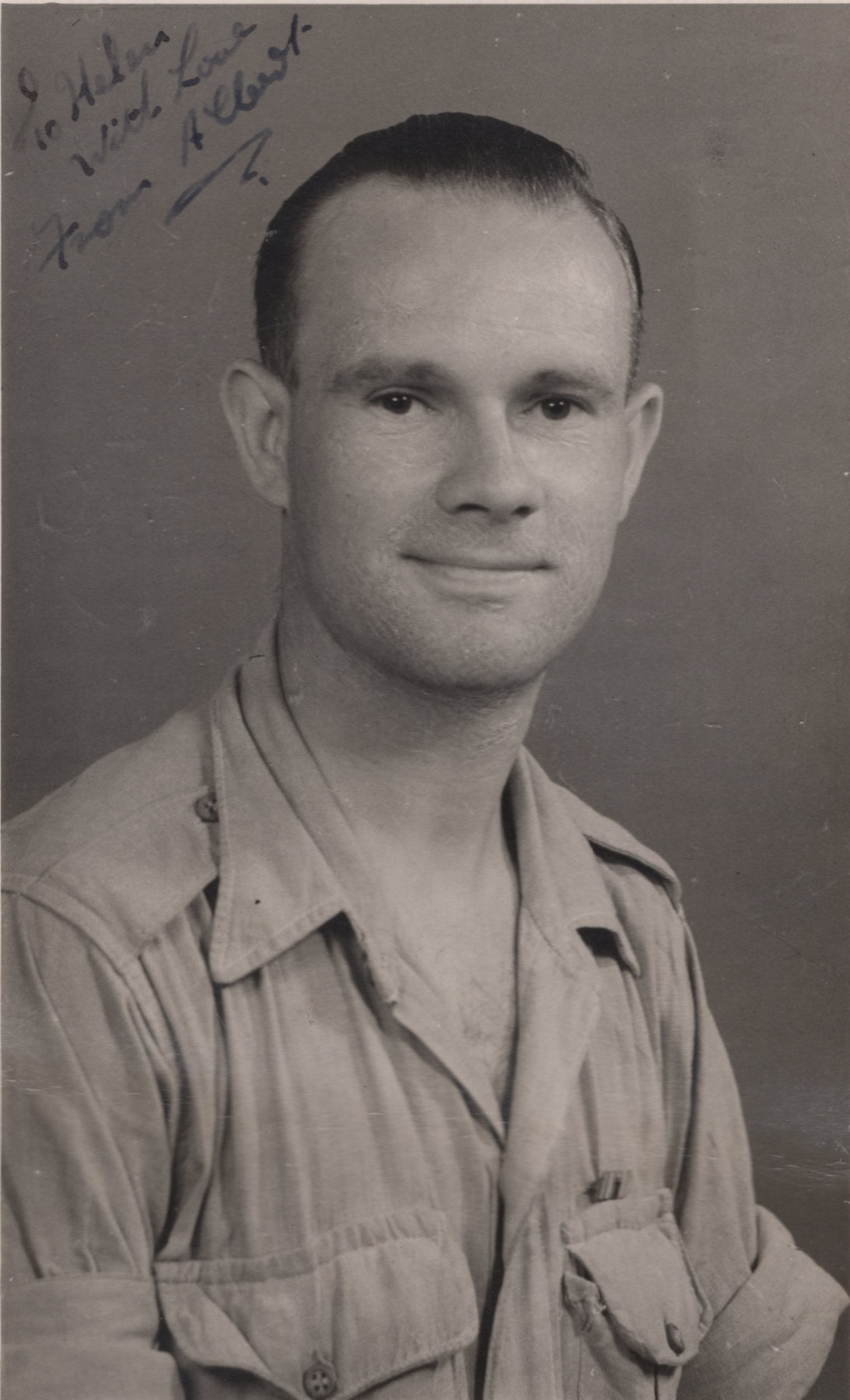
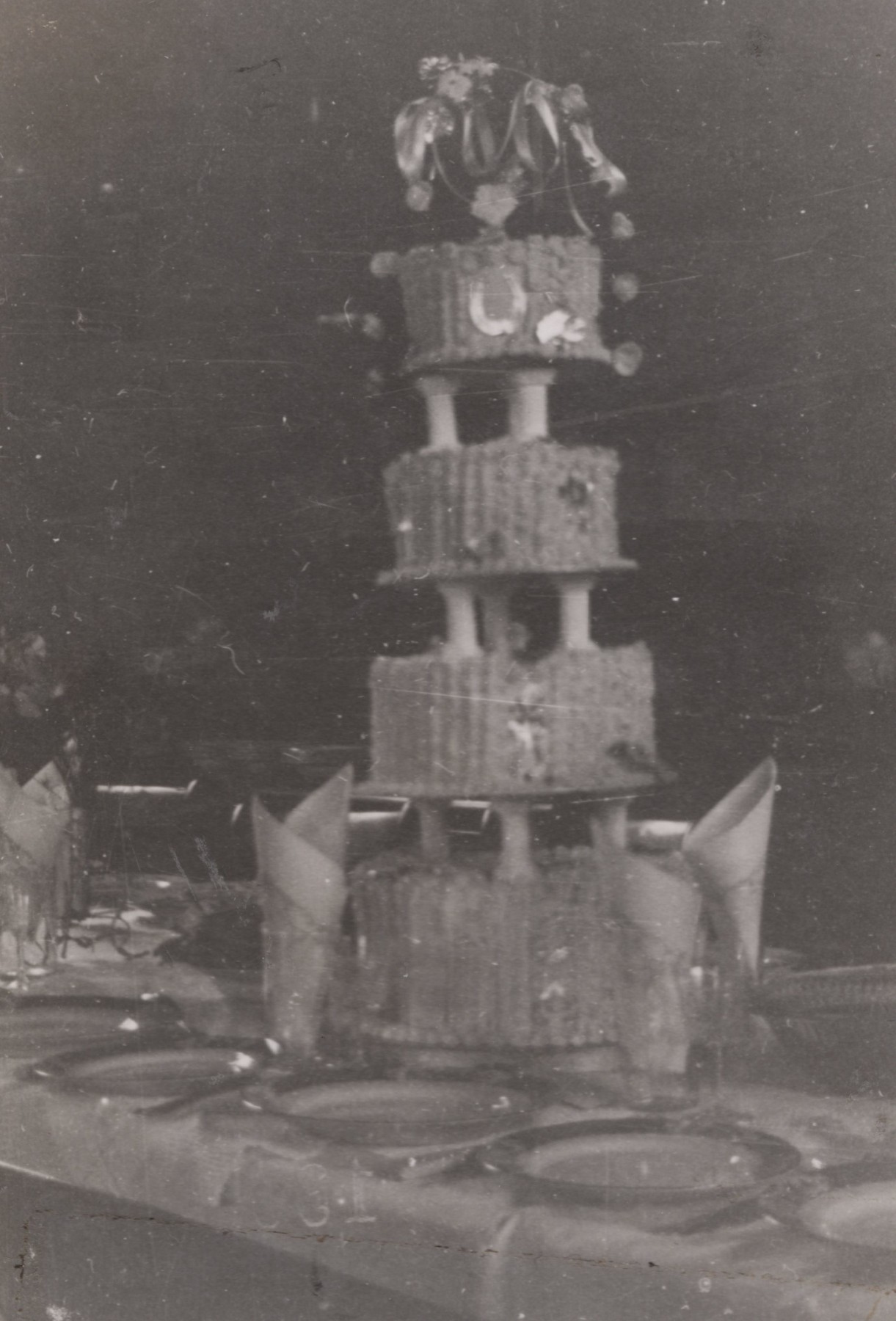
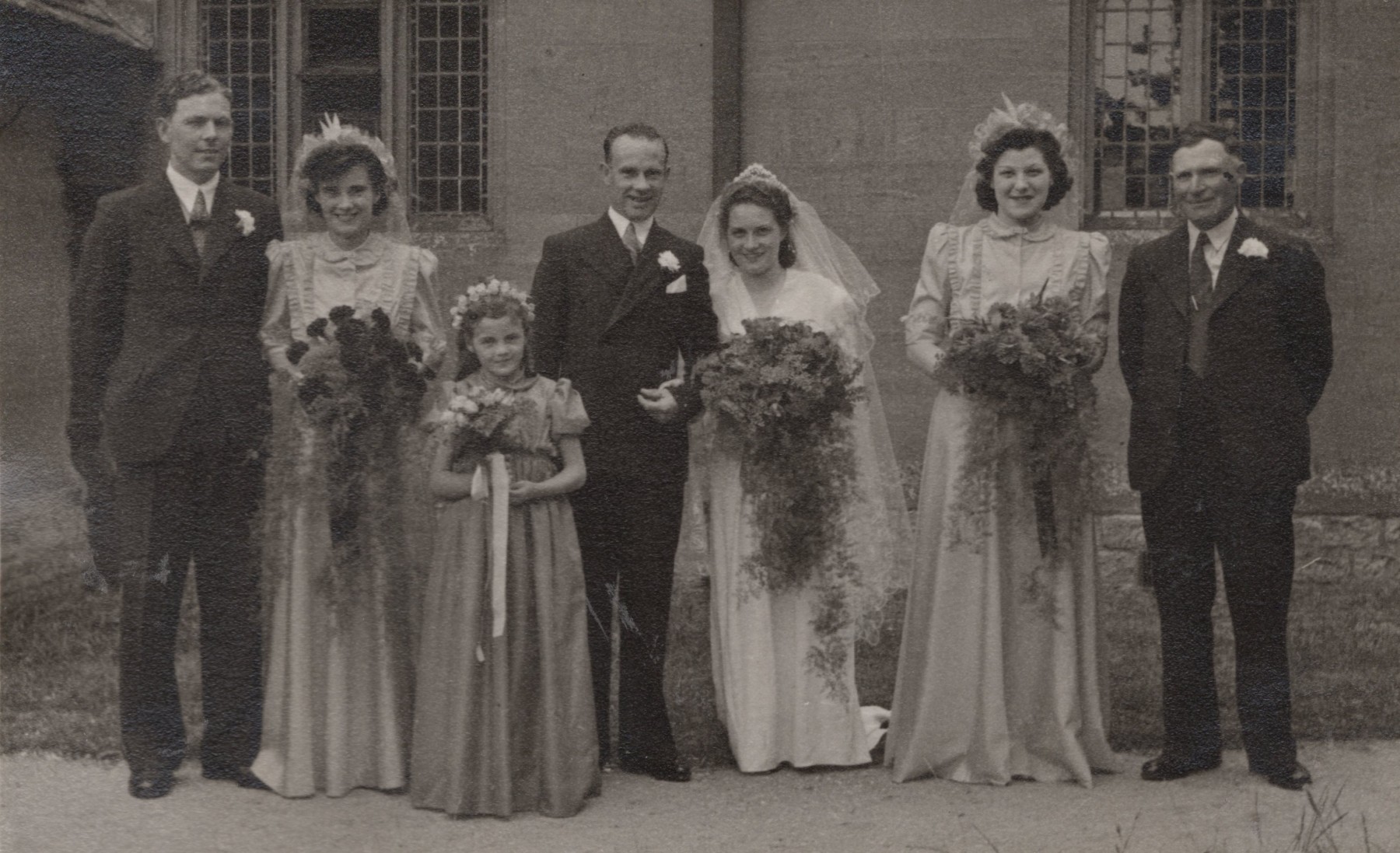
Helen and Albert had no children. When the opportunity arose in 1955, they moved into a new Council house at Green Leys, Badsey.
Helen’s father, Elgar Hartwell, died in 1969. Helen was widowed in January 1979 when Albert died, aged 58. He was cremated at Cheltenham Crematorium and his ashes scattered on the grave where Helen's grandparents, Thomas and Esther Hartwell, were buried. Helen's parents, Elgar and Nellie, were both cremated.
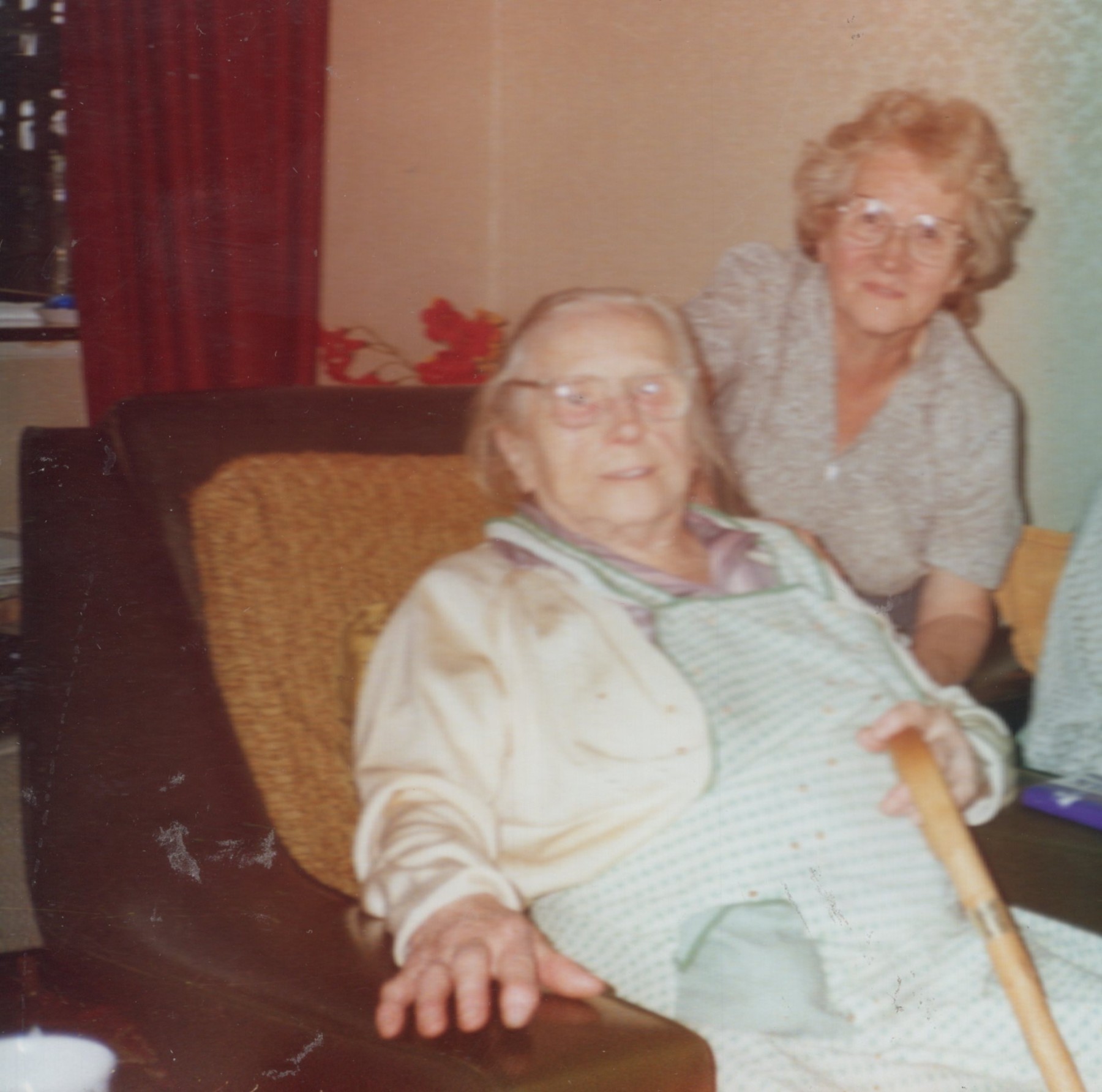
Helen's widowed mother, Nellie, remained living at Hollywood Villa until in her late 90s, when she went to live with Helen at Green Leys. Nellie celebrated her 100th birthday on 18th February 1998. Nellie died in Worcester Hospital in 2002 at the age of 103. A new monument was inscribed after the death of Helen in 2015.
Helen Stanton remained living at Green Leys for the rest of her life. She died on 11th June 2015 in Cheltenham General Hospital, aged 90.
Tony Jerram (2008) with additional information by Maureen Spinks, July 2025
Acknowledgements
- We are grateful to Christine Baldacchino (née Stanton), Helen Hartwell’s niece, for donating a set of photographs for the Badsey Society archive.
See also
